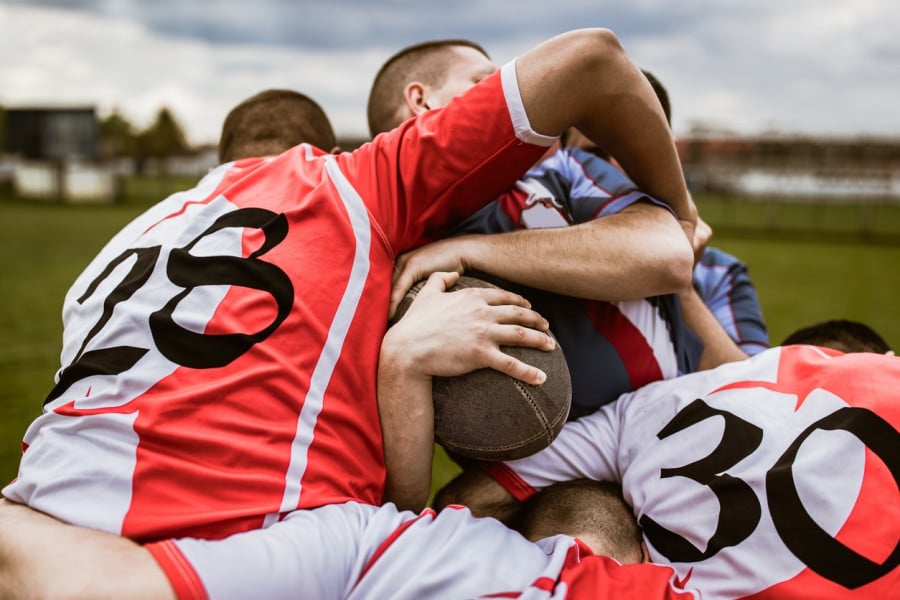The 6th Consensus Statement on Concussion in Sport: What's New?

In 1921, the American boxer Jack Dempsey and the French boxer Georges Carpentier squared off in a hastily assembled outdoor arena built on a farm in New Jersey for boxing’s first ever million-dollar gate1. The fight ushered in a ‘golden age’ of boxing which, thanks to radio, meant the beginning of the sport as a mass-audience big business form of entertainment. Seven years later, in 1928, Dr Harrison Marland, a pathologist from New Jersey drew on the vernacular of the boxing-going American public when he produced his now famous essay entitled ‘Punch Drunk’2. In it he observed that fans and promotors of boxing bouts in America had noticed a “peculiar condition occurring among prize fighters which, in ring parlance, they speak of as punch drunk.”
Marland went on to further describe that the symptoms of being ‘punch drunk’ usually presented in boxers of the “slugging type ... who take considerable head punishment” and in those who were “second rate fighters used for training purposes, who may be knocked down several times a day”.
Marland’s 1928 work, and the introduction of the ‘punch drunk’ paradigm into medical literature has set the basis for almost a century of research into the impact of head trauma in sport which, in more recent years has become a major focal point for players, athletes, coaches, governing bodies and other stakeholders across almost all sports as well as feature in a significant amount of ongoing litigation.
For the past two decades, the Concussion in Sport Group (“CISG”) have been adding to the discussion surrounding head injury in sport by holding meetings and publishing their ‘Consensus Statement on Concussion in Sport’. The CISG is a group of experts who hold meetings to develop international statements on concussion in sport. The statements they produce aim to summarise “evidence-informed principles of concussion prevention, assessment and management, and emphasise those areas requiring more research."
In June 2023, the CISG published their sixth Statement on Concussion in Sport3 in the British Journal of Sports Medicine (“Statement”) following their most recent conference held in Amsterdam. A summary of the statement’s findings can also be viewed here4.
This article provides a summary of the procedures and the outcomes of the CISG’s 6th Consensus statement on concussion in sport.
To continue reading or watching login or register here
Already a member? Sign in
Get access to all of the expert analysis and commentary at LawInSport including articles, webinars, conference videos and podcast transcripts. Find out more here.
- Tags: Athlete Welfare | Boxing | Concussion | Football | Health & Safety | Rugby | Safeguarding | Sports | United Kingdom (UK)
Related Articles
- Concussion in sport - How employers’ duties compare in the U.K., Ireland & North America
- David Mackay’s unpunished 'bump': why Australian sports must do more to tackle head and facial injuries
- The Future Of Footy And The Merits Of The Concussion Class Actions In The AFL
- How courts assess negligence in sports injury cases: lessons from rugby, football and horseracing
- Key legal issues to look out for at the Rugby World Cup 2023
Written by
Spencer Turner
Spencer is a barrister at 12KBW Chambers. His practice encompasses the full range of Chambers’ key specialisms, with a particular emphasis on personal injury, international and travel, industrial disease, sport, fraud and clinical negligence claims. He is recognised as a ‘Rising Star’ of the personal injury Bar by the Legal 500 and is described as having ‘already developed a practice that exceeds his seniority.’




